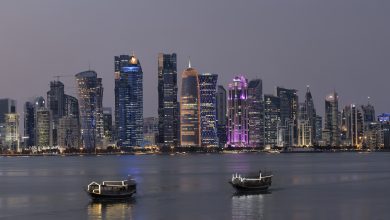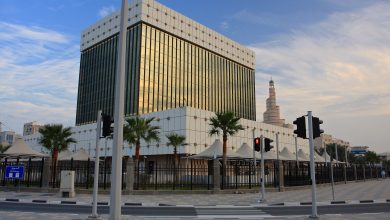
80 People Referred to Public Prosecution for Not Wearing Masks
إحالة ٨٠ شخصا للنيابة العامة لعدم تقيدهم بارتداء الكمام
QNA
Doha: The designated authorities referred 80 people to the Public Prosecution for not wearing masks in places where they are mandatory.
The measure is in line with the Cabinet decision, decree law No. 17 of 1990 on infectious diseases, and the precautionary measures in force in the country to contain the spread of the Coronavirus (COVID-19).
The designated authorities called on the public to adhere to the precautionary measures in place to ensure their safety and the safety of others.
قنا
الدوحة: أحالت الجهات المختصة، 80 شخصا للنيابة العامة لعدم تقيدهم بارتداء الكمام في الأماكن التي تتطلب ذلك.
ويأتي هذا الإجراء استنادا لقرار مجلس الوزراء الموقر وإلى المرسوم بقانون رقم (17) لسنة 1990 بشأن الأمراض المعدية، والإجراءات الوقائية والاحترازية المعمول بها في الدولة للحد من انتشار فيروس كورونا /كوفيد-19/.
وناشدت الجهات المختصة الجمهور الكريم بضرورة الالتزام بالقرارات الاحترازية والوقائية المعمول بها حفاظا على سلامتهم وسلامة الآخرين من انتشار فيروس كورونا في المجتمع.



